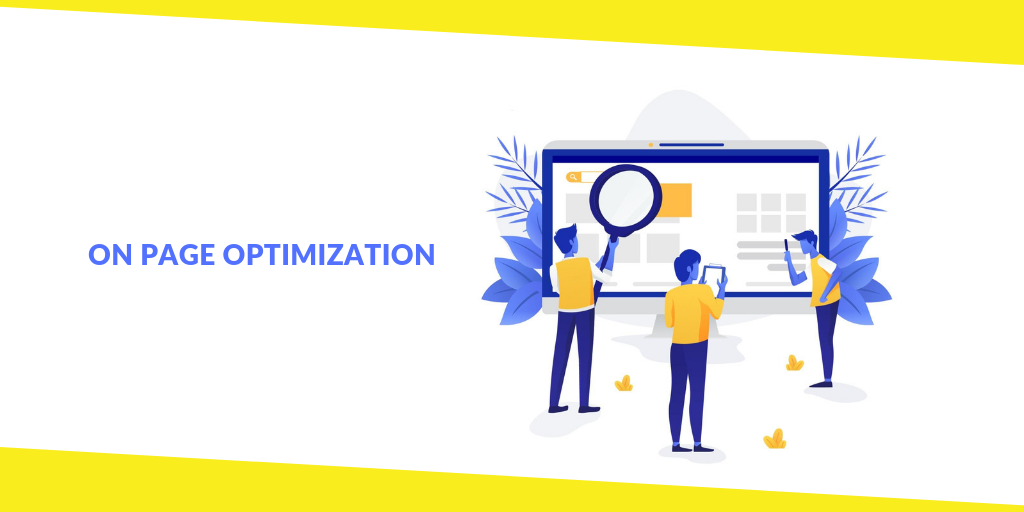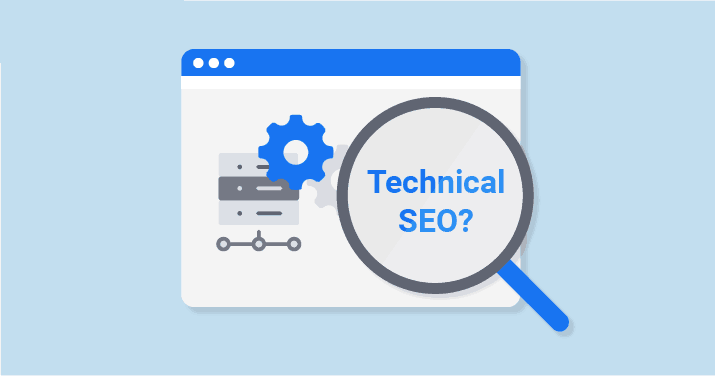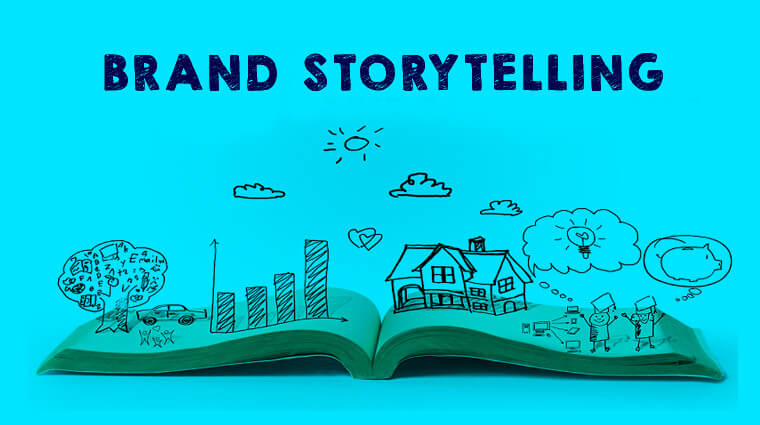In the dynamic realm of digital marketing, staying ahead of the curve is essential for maintaining online visibility and driving organic traffic. One indispensable tool in achieving these goals is conducting a thorough SEO audit. An SEO audit is like a health check-up for your website, providing insights into its performance, identifying areas for improvement, and ensuring alignment with search engine algorithms. In this comprehensive guide, we’ll delve into the seven essential elements of an SEO audit to equip you with the knowledge needed to optimize your online presence effectively.
1. Website Structure and Accessibility

In the realm of online presence, having a well-structured website is akin to laying down a solid foundation for a building. It not only enhances user experience but also facilitates search engine crawlers in navigating and indexing your web pages effectively. Let’s delve deeper into the nuances of website structure and accessibility and explore how you can optimize these elements to boost your site’s performance.
Evaluation of Navigation Menu
The navigation menu serves as a roadmap for visitors, guiding them to various sections of your website. During the audit, pay close attention to your navigation menu—ensure that all important pages are easily accessible from the homepage. Consider organizing your menu items logically, grouping related pages together, and providing clear labels that accurately represent the content they lead to. A well-structured navigation menu not only enhances user experience but also helps search engines understand the hierarchy and relevance of your pages.
Optimization of URL Structure
URLs play a crucial role in conveying information about the content of a web page. A descriptive and keyword-optimized URL can improve both user comprehension and search engine visibility. As part of the audit, assess your URL structure—are URLs concise, descriptive, and optimized with relevant keywords? Avoid using cryptic alphanumeric strings or unnecessary parameters in your URLs, as they can confuse users and hinder search engine crawling and indexing. Instead, strive for clarity and relevance in your URL structure to enhance both user experience and search engine optimization (SEO).
Mobile-Friendly Design
With the proliferation of mobile devices, ensuring that your website is mobile-friendly is paramount. Google, in particular, prioritizes mobile-responsive sites in its search results, making mobile optimization a crucial aspect of SEO. Use tools like Google’s Mobile-Friendly Test to assess your site’s mobile usability and identify any issues that may affect user experience on smaller screens. Make necessary improvements such as adjusting font sizes, optimizing button sizes, and ensuring that content displays properly across various devices and screen resolutions. A mobile-friendly website not only improves search engine rankings but also enhances user satisfaction and engagement.
Identification and Resolution of Broken Links
Broken links can have a detrimental impact on both user experience and search engine crawling. During the audit, use tools like Google Search Console to identify any broken links or crawl errors on your website. These errors may occur due to changes in URL structure, removal of pages, or external links pointing to outdated or non-existent content. Resolve broken links promptly by updating URLs, redirecting users to relevant pages, or removing broken links altogether. By ensuring that your website is free of broken links, you not only enhance user experience but also facilitate smooth navigation for search engine crawlers, thereby improving your site’s overall SEO performance
2. On-Page Optimization

Optimizing on-page elements is a fundamental aspect of SEO that can significantly impact your website’s visibility and performance in search engine results. By fine-tuning various on-page elements, you can enhance your website’s relevance, attract more organic traffic, and improve user engagement. Let’s explore the key components of on-page optimization and how you can leverage them to maximize your SEO efforts.
Title Tags and Meta Descriptions
Title tags and meta descriptions are vital HTML elements that appear in search engine results pages (SERPs). They provide users with a brief preview of your page’s content and play a crucial role in determining click-through rates. During the audit, ensure that your title tags are compelling, concise, and keyword-rich. Craft titles that accurately reflect the content of your page and entice users to click through. Similarly, optimize meta descriptions to provide a concise summary of your page’s content while incorporating relevant keywords. By optimizing these elements, you can improve your page’s visibility and attract more clicks from search engine users.
Heading Tags (H1, H2, etc.)
Heading tags are HTML elements used to structure and organize content on a webpage. Proper use of heading tags not only enhances readability but also helps search engines understand the structure and hierarchy of your content. During the audit, ensure that heading tags are used correctly and consistently throughout your page. Use H1 tags for main page headings and incorporate relevant keywords where appropriate. Subsequent headings (H2, H3, etc.) should be used to organize content into logical sections and provide additional context for users and search engines. By optimizing heading tags, you can improve the organization and relevance of your content, thereby enhancing its SEO performance.
Content Optimization
Content is the backbone of any successful SEO strategy. High-quality, informative, and engaging content not only attracts visitors but also encourages them to stay on your site and explore further. During the audit, focus on providing value to users by creating content that addresses their search intent and fulfills their informational needs. Conduct keyword research to identify relevant topics and incorporate target keywords naturally throughout your content. Aim for comprehensive, well-researched articles that provide valuable insights and solutions to users’ queries. Additionally, leverage multimedia elements such as images, videos, and infographics to enhance the visual appeal and interactivity of your pages. By optimizing your content, you can improve its relevance, user engagement, and search engine visibility.
Internal Linking
Internal linking plays a crucial role in facilitating navigation and distributing link equity throughout your website. During the audit, review your internal linking structure and ensure that it is optimized for both users and search engines. Incorporate relevant anchor text when linking between pages to provide additional context and relevance. Identify key pages and strategically link to them from other relevant pages to enhance their visibility and authority. Additionally, use breadcrumb navigation to help users understand their location within your site and navigate back to previous pages. By optimizing internal linking, you can improve the usability, accessibility, and SEO performance of your website.
3. Keywords and Content Strategy

Keyword research serves as the cornerstone of a successful content strategy, guiding the creation of content that resonates with your target audience and aligns with their search intent. By leveraging the right keywords effectively, you can enhance your website’s visibility in search engine results and attract organic traffic. Let’s delve deeper into the intricacies of keyword research and content strategy and explore how you can optimize them to achieve your SEO objectives.
Keyword Research
Keyword research involves identifying relevant search terms and phrases that users are likely to use when seeking information related to your industry, products, or services. Start by using keyword research tools such as Google Keyword Planner, SEMrush, or Ahrefs to explore potential keywords and analyze their search volume, competition, and relevance. Look for keywords with high search volume and low competition to maximize your chances of ranking well in search engine results. Additionally, target long-tail keywords, which are more specific and less competitive, to capture specific user intent and niche audiences. By conducting thorough keyword research, you can uncover valuable insights into your target audience’s preferences and behaviour, allowing you to tailor your content strategy accordingly.
Incorporation of Keywords
Once you’ve identified your target keywords, incorporate them naturally into your content to optimize its relevance and visibility. Strategically place keywords in key areas such as headings, body copy, meta tags, and image alt attributes to signal to search engines the topic and relevance of your content. However, avoid keyword stuffing, which refers to the practice of excessively cramming keywords into content in an attempt to manipulate search engine rankings. Keyword stuffing not only detracts from the readability and quality of your content but also risks triggering penalties from search engines. Instead, focus on creating high-quality, informative, and engaging content that provides genuine value to users while incorporating keywords in a natural and seamless manner.
Content Optimization and Freshness
In addition to optimizing existing content with targeted keywords, prioritize the creation of fresh, relevant content to attract new visitors and keep them engaged. Regularly update your website with blog posts, articles, guides, case studies, or other types of content that address the informational needs and interests of your target audience. Leverage keyword research insights to identify trending topics, common questions, or emerging trends within your industry, and develop content that provides valuable insights and solutions to users’ queries. By consistently publishing high-quality content that aligns with user intent and incorporates relevant keywords, you can enhance your website’s authority, credibility, and visibility in search engine results.
4. Technical SEO

Technical SEO focuses on optimizing the backend aspects of your website to improve its crawling, indexing, and overall performance. Start by optimizing your site’s loading speed—users expect fast-loading pages, and Google considers page speed as a ranking factor. Use tools like Google PageSpeed Insights to identify and fix issues that may be slowing down your site. Next, ensure that your website is secure by implementing HTTPS encryption, which not only protects user data but also boosts your site’s credibility in the eyes of search engines. Additionally, optimize your site’s XML sitemap to ensure that all relevant pages are crawled and indexed properly. Finally, implement schema markup to provide search engines with additional context about your content, which can lead to enhanced rich snippets in search results.
5. Backlink Profile

Backlinks are still one of the most important ranking factors in Google’s algorithm, so it’s essential to regularly audit and improve your backlink profile. Start by analyzing your existing backlinks using tools like Ahrefs or Moz to identify both quality and quantity. Look for opportunities to acquire high-quality backlinks from authoritative websites within your niche through guest blogging, influencer outreach, or content partnerships. However, be wary of low-quality or spammy backlinks, as these can harm your site’s reputation and lead to penalties from search engines. Use Google’s Disavow Tool to remove or disavow any toxic backlinks that may be dragging down your site’s ranking.
6. User Experience (UX) and Engagement Metrics

User experience plays a significant role in determining how users interact with your website and whether they stay or leave. Analyze key UX metrics such as bounce rate, time on page, and pages per session to understand how users engage with your content. High bounce rates and low time on page may indicate that users are not finding what they’re looking for or are encountering usability issues. Identify and address any usability issues by conducting user testing or implementing heatmaps and session recordings to track user behavior. Additionally, optimize your site’s navigation and internal linking structure to make it easy for users to find relevant content and explore your site further.
7. Analytics and Measurement

Data-driven decision-making is essential for optimizing your SEO strategy and measuring its effectiveness. Set up Google Analytics and Google Search Console to track key metrics such as organic traffic, keyword rankings, and conversion rates. Use these tools to gain insights into how users find and interact with your website, which pages are performing well, and where there may be room for improvement. Regularly monitor your site’s performance and make adjustments to your SEO strategy based on data-driven insights. Experiment with different tactics, measure their impact, and iterate on what works best for your site and audience.
Conclusion
An SEO audit is a critical step in optimizing your website for search engine visibility and driving organic traffic. By thoroughly examining and optimizing the seven essential elements outlined in this guide—website structure and accessibility, on-page optimization, keywords and content strategy, technical SEO, backlink profile, user experience, and analytics—you can identify areas for improvement and develop a comprehensive SEO strategy that delivers results. Remember that SEO is an ongoing process, and regular audits and optimizations are necessary to stay ahead of the competition and maintain a strong online presence. By prioritizing these elements and implementing targeted optimizations, you can enhance your website’s visibility, attract more organic traffic, and achieve your digital marketing goals.



